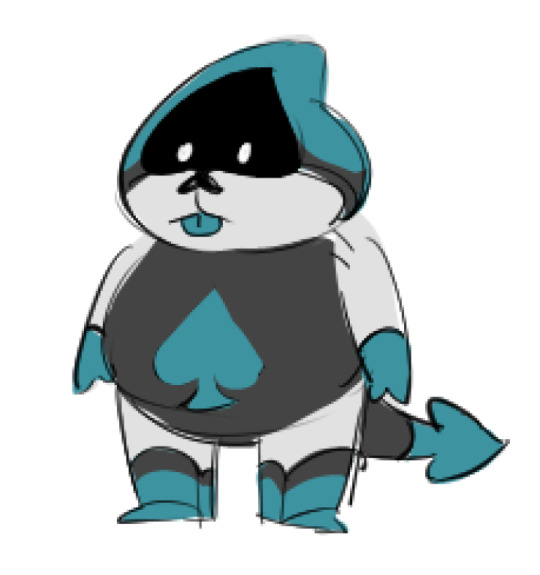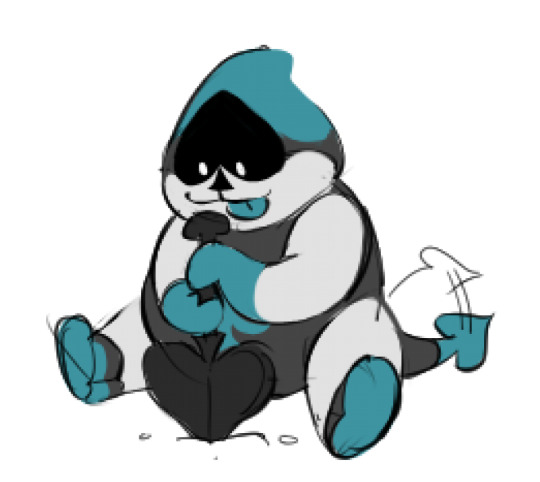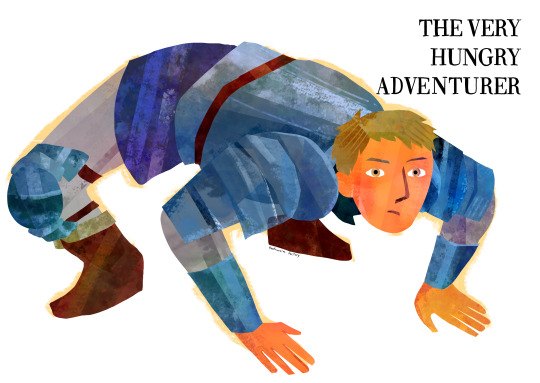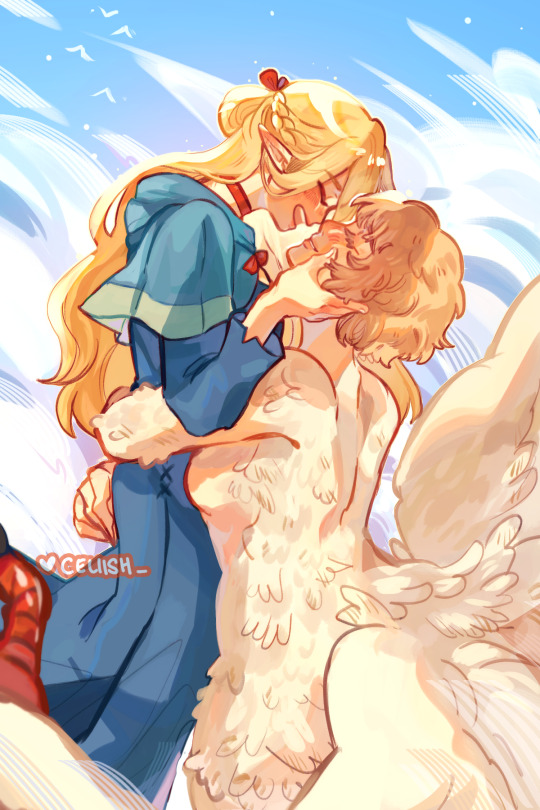Text
Today’s twisted is…
Gigi!

Good luck and happy hunting!
116 notes
·
View notes
Text
I don't know anything about YuGiOh but "Overworked" is the greatest card art they've ever done

127K notes
·
View notes
Text
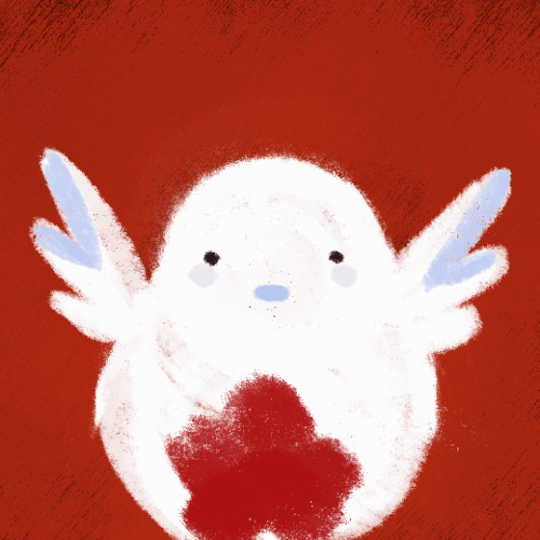
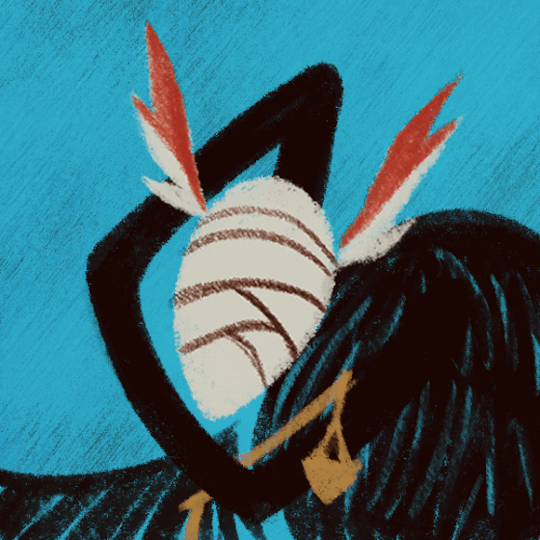
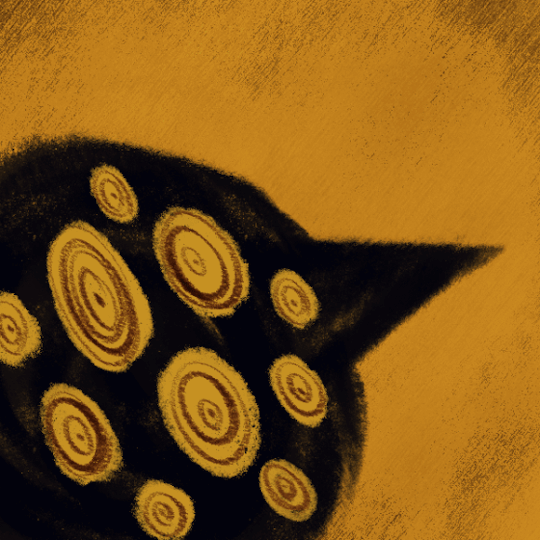
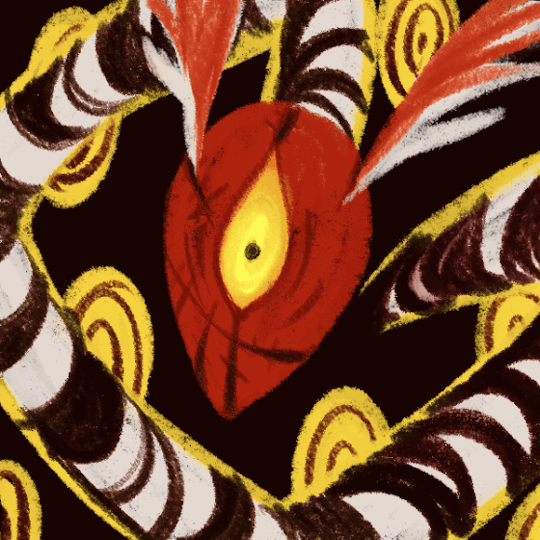
apocalypse birdies as animated pfps!
5K notes
·
View notes
Text
The secret Dungeon Meshi sauce that's getting people to eat better is that it's so non-judgmental. Senshi and the rest of the gang never talk about what not to eat besides things that taste bad and literal poison. They don't even talk about "health" that much besides the importance of a balanced diet. It's so much easier to eat well when you think of food simply as something your body needs, and that it's often worth the extra effort to make it taste good, especially when you understand how to connect "things your body needs" with "things that taste good"
73K notes
·
View notes
Text
DUNGEON MESHI: WHITE DRAGON COMPENDIUM

TAXONOMY
The White Dragon (also known as Ice Dragon) is a standout dragon species due to its mammalian nature. What suggests this classification, rather than reptilian like the Red or Green varieties, or even avian, are traits such as fur, rather than scales or feathers, viviparity (birthing live young), as opposed to their egg-laying counterparts, and the presence of an estrous, rather than menstrual, cycle.
PHYSICAL DESCRIPTION
White Dragons are uniquely adapted to their cold climate, thanks to their fur, fat, wings, tails and even the placement of their horns. While White Dragons have wings, they are primarily a terrestrial species. This is due to the fact that their bodies are not able to support extended periods of flight (due to the weight of their fur, fat and muscle in conjunction with their minimal feathers.) Rather, their wings allow for brief moments of flight, often to extend the length or height of a jump, as well as improved balance. Wings are also useful in increasing the dragon's size or silhouette to scare off predators or rivals, impressing other dragons during mating displays, and regulating their body temperature due to their thick fur trapping pockets of air.

White Dragons' tails are also adapted to regulate temperature, especially as they serve little to no purpose in flight. Specifically, their muscular, fur-covered tails act as both protection and thermal insulation during sleep. These dragons will curl their tail around themselves, covering their head and neck, and the dense fur acts almost like a blanket, while the thick layer of muscle protects vulnerable areas, such as the eyes or throat. Mother dragons will tuck their young under their tails while sleeping to keep them gathered in one place, as young dragons are usually not strong enough to move their mother's tail. This ensures they remain warm and undisturbed by predators. Much like wings, their tails also aid in balance, usually during territorial displays where the dragon rests on their hind legs to appear larger. It is also speculated that they serve a number of other, minor purposes, such as driving off 'pests' like a horses or cows’ tails (except their pests are small monsters or adventurers) as well as in communication, such as displaying aggression, submission, playfulness or fear.

The sexual dimorphism of the White Dragon is most easily seen in the placement of horns along the head and the number of claws. While females are generally larger (requiring more energy reserves for pregnancy and rearing young, as well as defending their young) with more horns overall, males generally have more claws than their female counterparts.
Males have horns that protrude from their head and along their jaw, as well as hooked claws on the tops of their wings:


whereas females only have horns on their heads and necks, with larger, fluffier pectoral muscles (and often, but don't always, lack claws on their wings):


The extra horns around their heads provide males with better defense for their vitals (e.g. throat, eyes, etc) when engaging in brawls with other males over territory or mates, and the claws on their wings are capable of being used as weapons or for terrain navigation. On the other hand, the lack of horns around the jaw in females make it easier for them to nurse and keep their young warm (as does the larger surface area of the breast, as it provides a larger space to cover young during brooding) and the horns on the back of their necks provides protection during sleep and hibernation.
BEHAVIOUR
While dragons are generally considered apex monsters, due to the species' natural aggression, White Dragons face a higher mortality rate than most other species. The most common cause of death for a White Dragon is battling with another of its species.

Because of this, their young are both precocial (born relatively well-developed) and nidicolous (meaning the young remain with their parents for a long period of time before 'leaving the nest', so to speak) due to the immediate risk of predation at birth, continuing to threaten young dragons well into adolescence.
In order to ensure they quickly learn to discern 'parent' from 'predator', young experience filial imprinting, in which they develop an intense attachment to the first object they receive physical contact from (most often their mother, who grooms her young immediately after birth to clean off the amniotic fluid and blood.) However, due to the high rate of parental death before young reach maturation, secondary imprinting is far more common in White Dragons than most other monsters, and it is not uncommon for females who have lost their young to adopt orphaned litters. It is even common for mothers who have lost their young to attack other females in attempt to purposefully orphan their young, so they can replace the previous mother.
The high mortality in White Dragon mothers often occurs due to their increased activity following parturition, in which mothers must rear, defend and hunt for her young (meaning they are on the move far more often than other dragons, and are therefore more likely to encounter other monsters.) White Dragons, like most other large species, spend a large portion of time asleep in order to conserve energy. In order to ensure they retain enough energy to maintain this heightened level of activity after birth, females will enter a hibernation period during pregnancy (although White Dragons do not hibernate under any other circumstance.)
Male and female White Dragons rarely interact with one another outside of the child rearing stage, and encounters often end in violence either due to territorial disputes or female aggression due to the proximity of her young. However, one of the few times they engage on ‘peaceful’ terms is during courtship. Courtship behaviours usually include:
- Aerial manoeuvres - Strutting - Play (especially play fighting, which often includes biting)
and often requires males to track down potential female partners based on their scent (which changes during the estrous period to signal sexual receptiveness.) Courtship generally lasts from 1-2 weeks, and upon first copulation, mated pairs remain together for another week, in order for the male to defend against rivals or other threats, before males separate to find another female.

66 notes
·
View notes
Text
I FORGOT TO SAYYYYYY THIS AS WELLL

LOOK ATTTTT HERRRR!!!1!1!1! SHE SOOO CUTE AHHHHHHHH….if you haven’t guessed by now I’m insane(like rubber room levels) about these figures
234 notes
·
View notes
Text
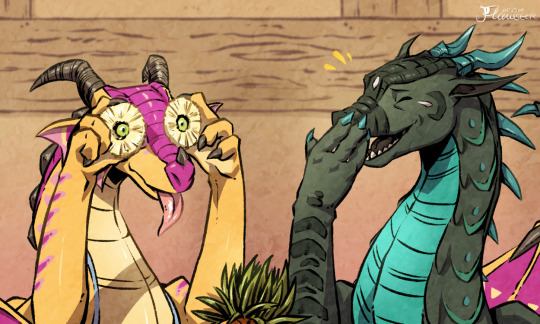
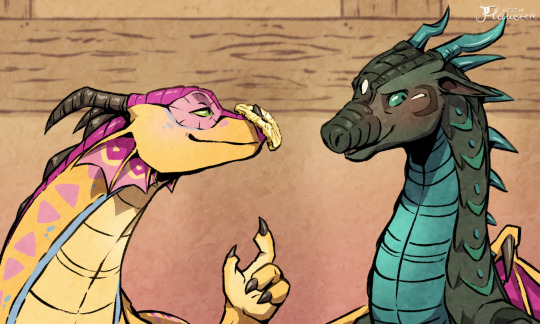
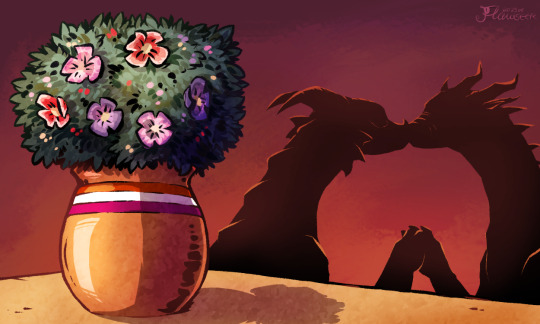
Ananas
Wanted to do something like this before the end of Pride Month, and I like seeing these two together; whether it's as really good friends or something more.
I don't usually delve overtly into romance on this blog, but I hope we can make an exception for the occasion.
1K notes
·
View notes
Text
13K notes
·
View notes
Text

Uni wearing a cherry blossom collar
Thank you so much for all the birthday wishes!
3K notes
·
View notes



